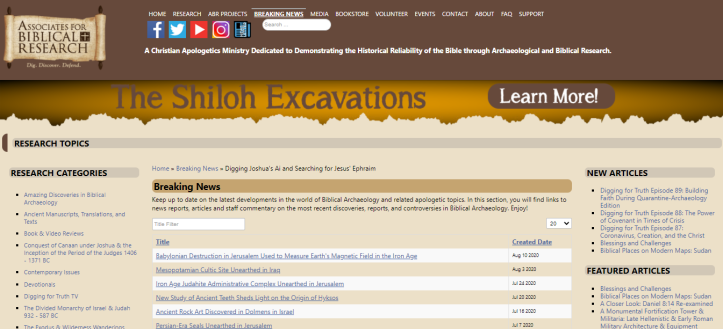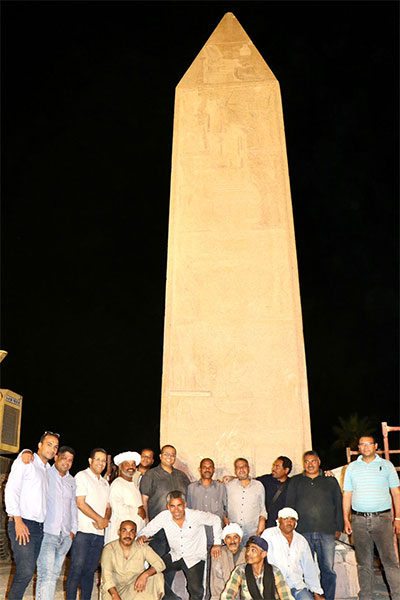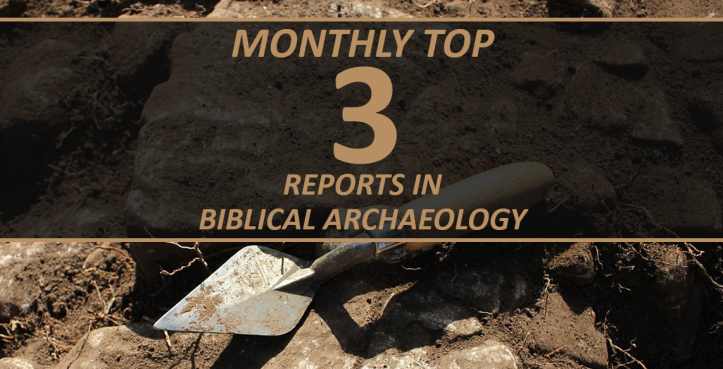
This month, the top three reports in biblical archaeology were about a New Testament-site, an Old Testament-era female Pharaoh, and one of the most famous relics of all-time.
3. Volunteer Group Begins Clean-Up of Tiberias; Lobbies for National Park
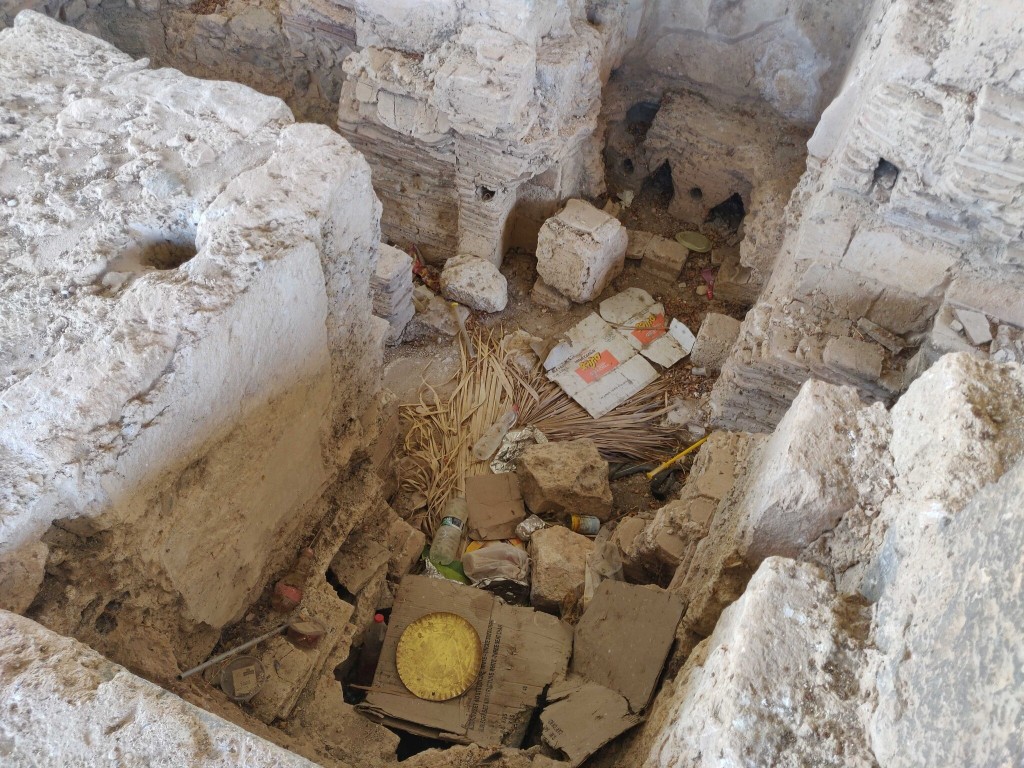
Tiberias was one of the most important cities in Galilee during the Roman era; it boasted a large Roman theatre with a stunning view of the Sea of Galilee and the luxurious palace of Herod Antipas. Today, the site is largely neglected with the ruins covered in weeds, garbage, and subject to looting and vandalism. Recently, a group of volunteers led by the Kinneret Institute for Galilean Archaeology, started cleaning up the sites and is raising funds to continue preserving the ancient ruins. They are hopeful that a plan to see various levels of government and the Israel Antiquities Authority establish a new national park in Tiberias to restore and preserve the history of the site. Tiberias is a biblical site, and is mentioned in John 6:23, where people in boats from Tiberias come looking for Jesus after he fed 5000 people.
2. Obelisk of Hatshepsut Re-erected at the Karnak Temple
An obelisk depicting Queen Hatshepsut and her reverence for the god Amun was recently re-erected at the Temple at Karnak in Egypt. The granite obelisk, which stands 11 meters tall and weighs 90 tons, was toppled by an earthquake in at some point in antiquity. At the beginning of the 20th century, archaeologist George Legrain moved the upper part of the obelisk, laying it beside the sacred lake inside the temple complex. Recently, scholars studying Hatshepsut’s monument discovered it was in danger and decided to restore and re-erect it in its original position. Hatshepsut was a powerful woman during the 18th Dynasty; she was the daughter of Pharoah Thutmose I who married her half-brother Thutmose II. When he died, Hatshepsut ruled as co-regent with the young Thutmose III. Recent scholarship has shown that she adopted the full title and regalia of a pharaoh herself. Some have suggested that Hatshepsut was the daughter of pharaoh who drew Moses out of the Nile River (Ex. 2:5).
1. New Analysis Dates Shroud of Turin to the First Century
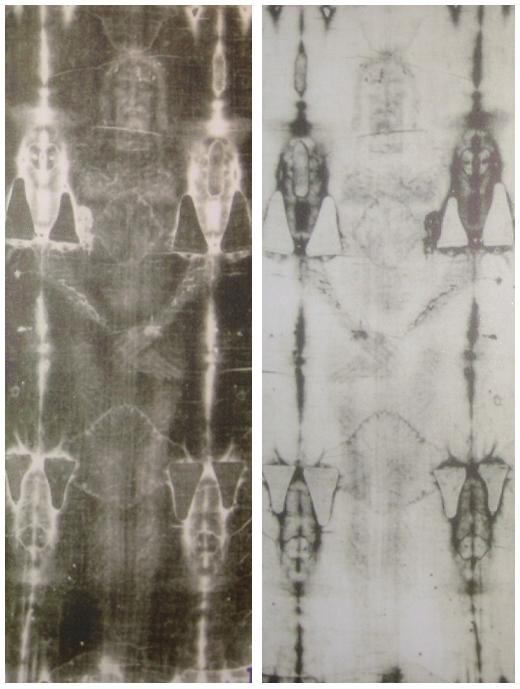
A new study overseen by Dr. Liberato de Caro of Italy’s Institute of Crystallography of the National Research Council, in Bari has concluded that the Shroud of Turin dates to the first century. In a report published on the website of Italy’s Department of Chemical Sciences and Materials Technologies, de Caro outlined the “Wide-Angle X-ray Scattering” or WAXS method they used, which measures the structural degradation due to natural aging of the cellulose that makes up the fibers of the linen threads. This process, which is non-destructive, was used on a variety of historical textiles which have well-documented ages, and then compared to the Shroud of Turin; the best match was with a piece of fabric from ca. AD 55-74 known to have come from the siege of Masada in Israel. The new dating contradicts the 1988 carbon-14 test of fabric threads from the shroud, which dated the relic to the Middle Ages. Critics have long-pointed out that that test was flawed, as it came from an area of the fabric that was repaired in the Middle Ages. The new study also notes that ancient textiles can become contaminated with substances over time that could distort carbon-14 results. The new findings, if accurate, suggest that the fabric of the Shroud of Turin originated around the time of Christ.
NEWS LINK: https://aleteia.org/2022/04/22/new-technology-suggests-shroud-of-turin-is-2000-years-old/
BONUS: Watch Episode 165 of Digging for Truth about the Shroud of Turin.
Stay Up-To-Date
Get the latest BREAKING NEWS in biblical archaeology each week here: https://biblearchaeology.org/current-events-list
